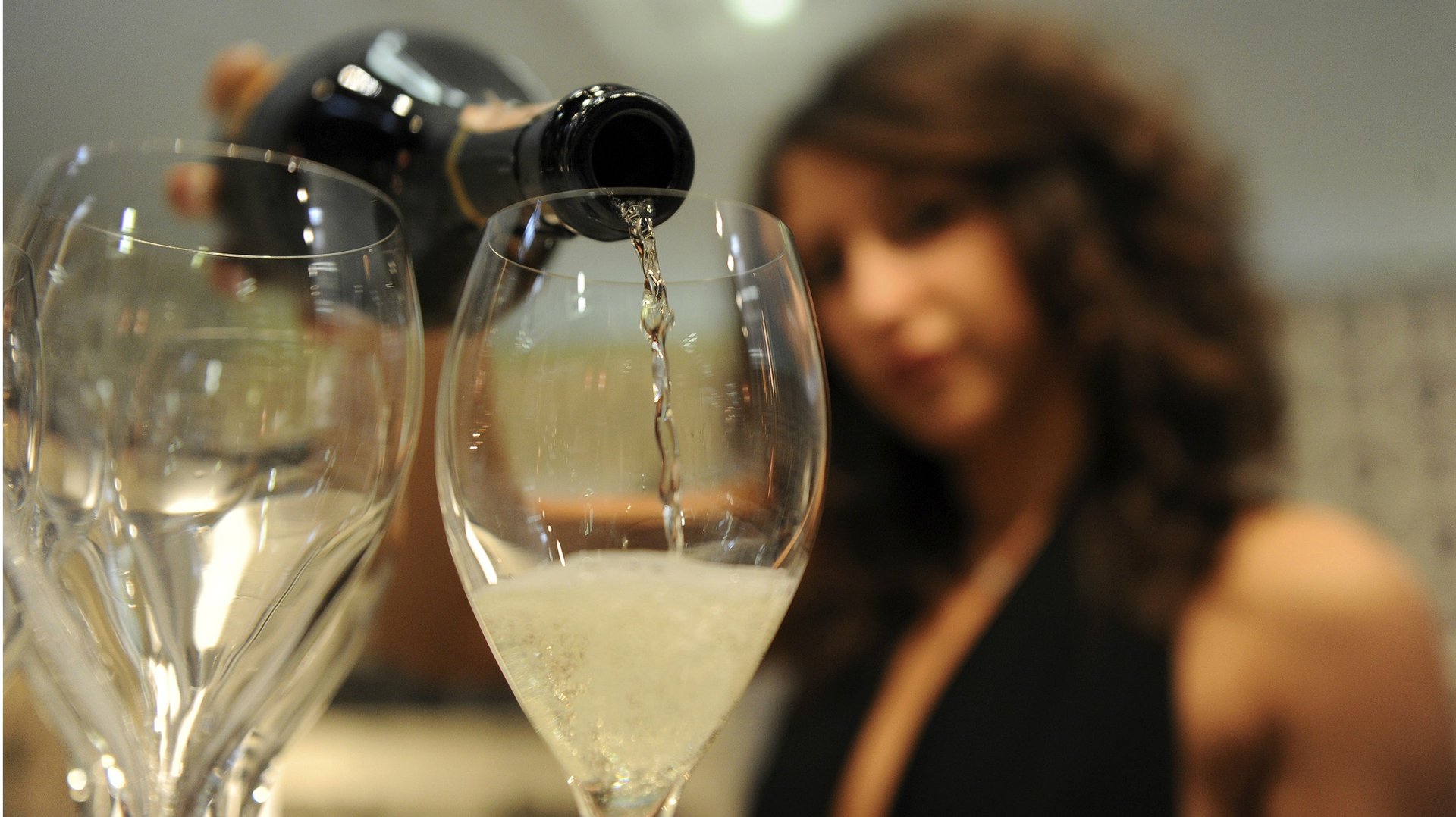Champagne versus prosecco or sparkling wine: Choosing a good bottle is all in the bubbles
We don’t need science to tell us a well-chilled glass of good Champagne is a singular delight—and that much of its magic comes from the effervescent prickle of bubbles popping on one’s tongue. Don Ho didn’t write “Crisp Flavor, Oak-y Finish.” He wrote “Tiny Bubbles.”


We don’t need science to tell us a well-chilled glass of good Champagne is a singular delight—and that much of its magic comes from the effervescent prickle of bubbles popping on one’s tongue. Don Ho didn’t write “Crisp Flavor, Oak-y Finish.” He wrote “Tiny Bubbles.”
The most famous of bubbly wines, of course–one might even say the Champagne of the category—is Champagne, which must be produced in the French region of the same name, east of Paris. But a good bottle of Champagne will cost you, and many of the qualities that distinguish it—including those tiny bubbles—can be duplicated anywhere.
Sparkling wine’s tiny and delightful pockets of air do not come from special bubble farms on the French countryside.
“The bubbles come from the wine’s considerable dissolved reserves of carbon dioxide gas,” explains food scientist Harold McGee in On Food and Cooking: The Science and Lore of the Kitchen. That said, not all bubbles are created equally.
The Champagne process
The method by which Champagne has gotten those little bubbles for centuries is a work-intensive process known as secondary fermentation. It requires that a base wine (usually of Pinot Noir and/or Chardonnay grapes) is first fermented in a container, such as a tank or barrel. Then, sugar and yeast are added to the wine, which is closed into individual bottles for another round of fermentation. It stays there for at least two months and up to several years, allowing the yeast cells to release toasty, nutty flavors into the wine.
“In addition to flavor,” writes McGee, “yeast proteins and carbohydrates will stabilize bubbles when they form in the glass, and help produce the very fine bubbles typical of Champagne.”
(Fun fact: A bottle of champagne holds a gas pressure slightly higher than that of a car’s tires.)
At the end of the second fermentation, the yeast sediment is removed, a little bit of sugar and wine is added to the bottle, and voila. It’s re-corked until some thirsty reveler pops it open for pouring.
Some producers—especially those of Italian Prosecco—use cheaper methods of producing bubbles, such as carrying out the second round of fermentation in tanks instead of bottles, which often produces a less bubbly beverage, as illustrated by Wine Folly. These bottles carry labels such as Charmat Method, Metodo Italiano, and Cuvée Close. (The really cheap stuff is sometimes carbonated like soda, but probably not labeled as such.)
You can do it anywhere
While the Champagne method of secondary fermentation in the bottle is recognized by UNESCO, there’s no rule that wine producers outside Champagne can’t use it, too. And use it they do. You can find a sparkling wine that’s been produced this way by looking for terms including Méthode Champenoise, Traditionnelle, Cap Classique, or Metodo Classico on the label.
“There’s no reason you can’t make just as good of sparkling wine in other parts of the world,” says Robin Goldstein, a wine critic, behavioral economist, and the author of The Wine Trials. “There’s Sonoma County Brut that’s $15 to $20 that I think is just as good as Champagne. Also there’s some very good Cava.”
Whatever you decide on, McGee recommends pouring it very cold, around 40°F (5°C), for longer-lasting sparkle, into glasses that are crystal clear of any residue from soaps or oils, which can diminish bubbles. (The truly dedicated might even eschew lipstick for the same reason.)
When it’s time to pour, don’t forget to tilt the glass—and be careful out there. Those bubbles will go straight to your head.